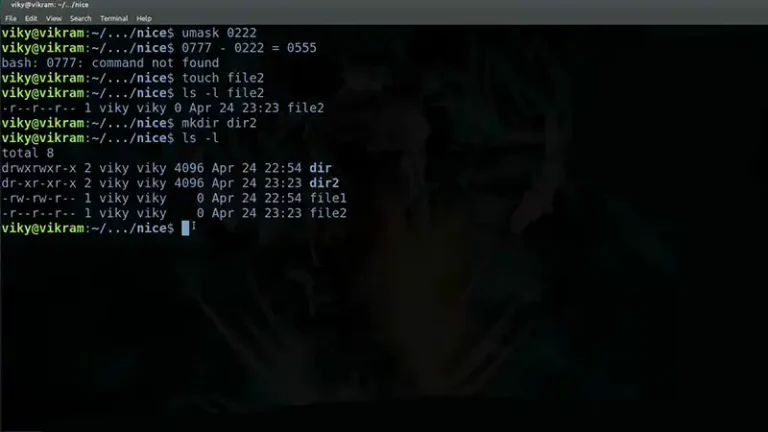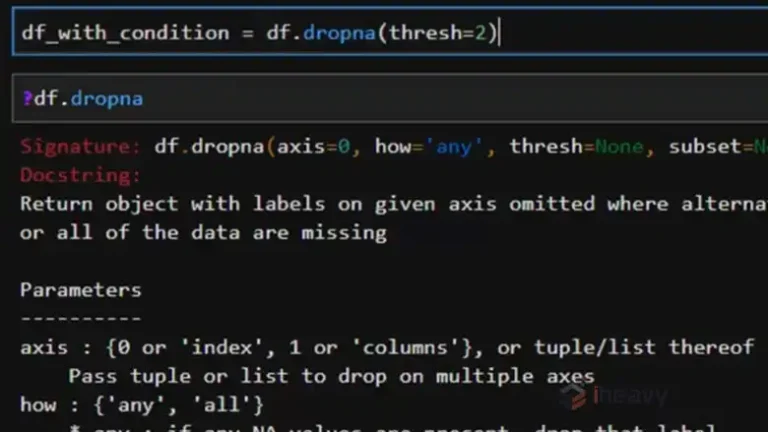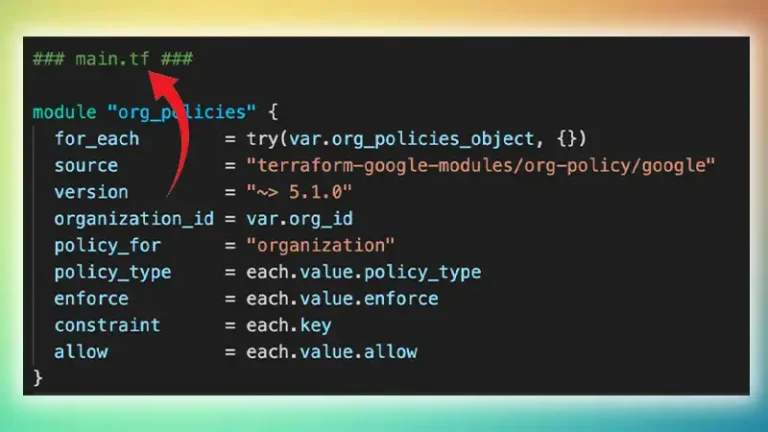CI/CD Best Practices for Enterprise Apps
Continuous Integration (CI) and Continuous Deployment (CD) have become fundamental practices for modern software development, especially in enterprise environments where applications must be robust, scalable, and agile. CI/CD pipelines automate the software delivery process, enabling teams to build, test, and deploy applications efficiently and with fewer errors.
In this article, we’ll explore some of the best practices for creating and maintaining an effective CI/CD pipeline for enterprise applications. These practices will help you deliver working software rapidly, foster collaboration, and ensure your applications meet high-quality standards.

What Are the Best Practices for CI/CD?
Implementing a robust CI/CD pipeline is essential for efficient and reliable software delivery. Here are some best practices to guide your implementation.

1. Commit Frequently and Collaborate Openly
One of the foundational principles of continuous integration is committing code changes frequently. By making small, incremental updates, teams can integrate changes from multiple contributors more easily. This approach not only facilitates collaboration but also minimizes the risk of complex merge conflicts that arise when large changes are made.
Every commit should trigger a set of automated tests to provide instant feedback on the new code. This rapid feedback loop helps developers address issues early, ensuring that the codebase remains stable and releasable at all times.
To make this practice effective, encourage your team to commit changes to the main branch regularly, ideally at least once a day. For teams used to working with long-lived feature branches, this may require a cultural shift. Emphasize the importance of collaboration over criticism and work together to break down tasks into smaller, more manageable chunks.
Feature flags can be a useful tool for managing incomplete features that aren’t ready for release. By using feature flags, you can merge code changes into the main branch without exposing them to end users until they are fully developed and tested.
2. Maintain Green Builds
A green build means that your code is always in a state that can be deployed to production. By running automated tests with every change, you can quickly detect and fix any issues that arise, keeping the codebase stable and reliable.
When a build fails, it’s essential to address the issue immediately. Instead of placing blame on the developer who made the last change, make it a team responsibility to understand what went wrong and how to fix it. This approach fosters a culture of collaboration and continuous improvement.
To minimize trivial build failures, encourage developers to run builds and initial tests locally before pushing changes to the CI/CD system. This practice can catch simple issues like syntax errors or missing dependencies before they disrupt the pipeline.
3. Build Once, Deploy Many
A common mistake in CI/CD pipelines is rebuilding the code for each deployment stage, which can introduce inconsistencies and lead to unexpected behavior in different environments. Instead, adopt a “build once, deploy many” approach.

The key is to create a system-agnostic build artifact that can be promoted through different stages of your pipeline without modification. By decoupling build configuration from environment-specific settings, you ensure that the same artifact is tested and deployed across all stages, increasing confidence in its reliability.
Store build artifacts in a centralized repository like Nexus or Artifactory. This allows your team to access and deploy the same version of the code consistently, reducing errors and improving traceability.
4. Streamline Testing
Automated testing is the backbone of any CI/CD pipeline, but it’s important to strike the right balance between test coverage and performance. While extensive testing is critical for ensuring software quality, running too many tests can slow down the feedback loop and hinder productivity.
To optimize the testing process, prioritize running fast, essential tests first to get quick feedback. Unit tests, which verify individual components in isolation, are typically the first line of defense. Following unit tests, include integration tests that check how different parts of the application work together.
More complex tests, like performance, load, and security tests, should be executed later in the pipeline when you already have a high degree of confidence in the build’s stability. This tiered testing approach ensures that critical issues are identified early while allowing for comprehensive validation of the application before deployment.
5. Keep Environments Clean and Consistent
Consistency across environments is crucial for reliable testing and deployment. Over time, long-lived environments can accumulate changes and drift from their original configuration, leading to unpredictable test results and increased maintenance overhead.
Using containers and infrastructure-as-code practices can help maintain clean, consistent environments. Containers allow you to define the environment configuration as code, making it easy to spin up fresh instances for each deployment and tear them down afterward. This approach ensures that tests run in a controlled, reproducible environment, reducing variability and improving test accuracy.
6. Enforce the Pipeline as the Sole Deployment Method
Once your CI/CD pipeline is up and running smoothly, it should become the only way to deploy to production. Bypassing the pipeline for quick fixes or minor changes undermines the entire process and introduces unnecessary risk.
Even if a change seems trivial, skipping automated tests and checks can lead to hidden issues and make debugging more challenging. If you encounter requests to bypass the pipeline, use retrospectives to understand the underlying reasons and address any concerns about speed or efficiency.

Educating stakeholders about the benefits of a well-defined CI/CD process can help align expectations and prevent future demands to circumvent it. Emphasize the importance of maintaining quality and reliability, even under pressure.
7. Monitor and Measure Pipeline Performance
Monitoring isn’t just for production applications; it’s also crucial for your CI/CD pipeline. By keeping an eye on key metrics, you can identify bottlenecks, optimize performance, and ensure the pipeline scales effectively with your team’s needs.
Track metrics like the number of builds, test success rates, and deployment times to gain insights into pipeline usage and efficiency. Use this data to make informed decisions about scaling infrastructure, improving test parallelization, or streamlining specific stages of the pipeline.
Regularly review your QA results to identify tests that are routinely ignored or provide little value. This review process can help you refine your test suite, focusing on the most impactful checks and eliminating redundant or unnecessary tests.
8. Foster a Culture of Collaboration and Continuous Improvement
The success of a CI/CD pipeline hinges on more than just technical tools and processes; it requires a cultural shift towards collaboration and shared responsibility. CI/CD is a core component of DevOps, breaking down traditional silos between development, QA, and operations teams.
Encourage open communication and collaboration among team members, leveraging their diverse expertise to improve the pipeline continuously. Make pipeline maintenance a collective effort, ensuring everyone feels empowered to contribute ideas and solutions.
Create an environment where experimentation is encouraged, and learning from failures is valued over assigning blame. By promoting a culture of trust and innovation, you can foster a virtuous cycle of continuous improvement, benefiting both the team and the organization.
Frequently Asked Questions
How do I optimize my CI CD?
Prioritize running fast, essential tests early in the pipeline to catch issues quickly and reduce feedback time. Implement a “build once, deploy many” approach to ensure consistency across environments by promoting the same build artifact through different stages.
What is the most important part of CI CD?
Automation is crucial for any CI/CD pipeline, as it ensures that the release process is both consistent and dependable. When you begin implementing continuous integration, it’s important to concentrate on automating the build process and developing and executing automated tests.
Conclusion
Implementing CI/CD best practices in your enterprise applications is an ongoing journey of refinement and collaboration. By committing frequently, maintaining green builds, streamlining testing, and fostering a culture of shared responsibility, you can create a CI/CD pipeline that accelerates development and ensures high-quality software delivery.
Embrace these practices, and your team will be well-equipped to meet the demands of modern software development, delivering value to users with speed and confidence.




